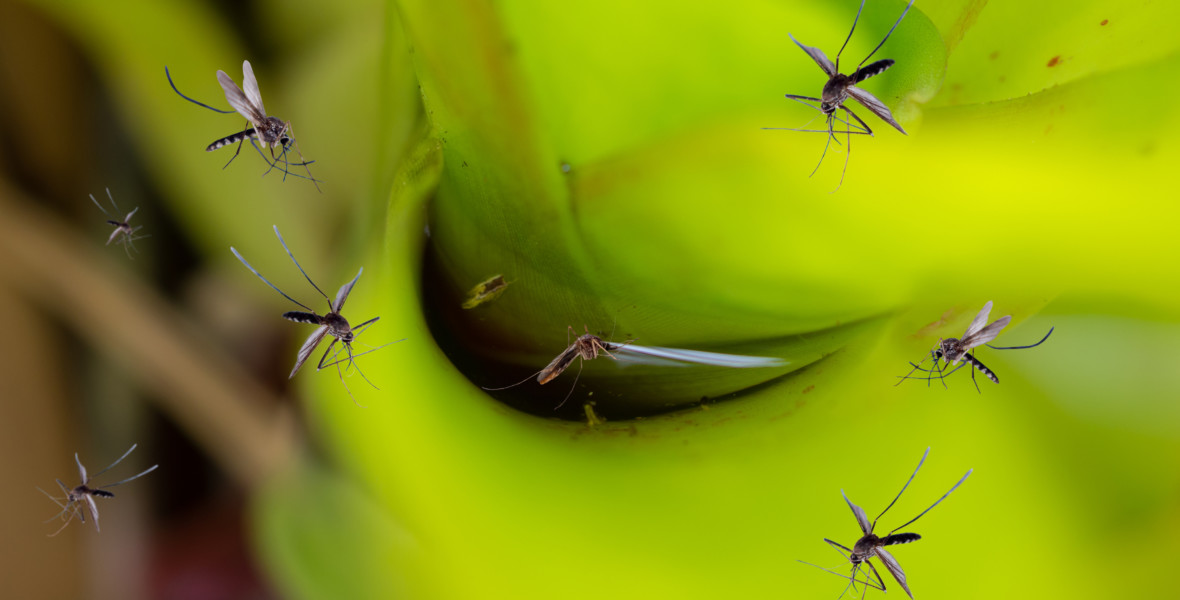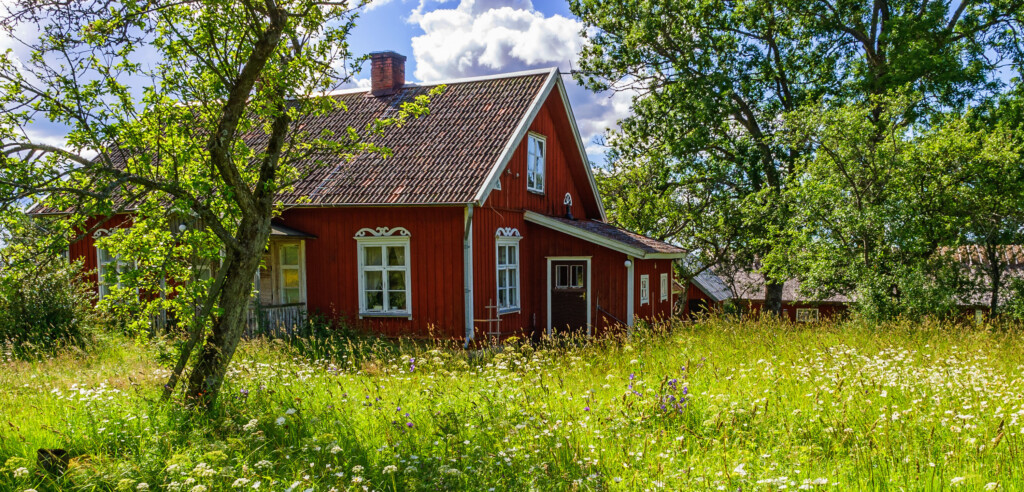Transport
Climate change can encourage the spread of disease

Nowadays, we are focusing most of our attention on halting the progress of Covid-19. But more diseases await us around the corner – ones that are likely to spread as temperatures rise.
Prenumerera på Extrakts nyhetsbrev!
Läs mer
Håll dig uppdaterad! Få kunskapen, idéerna och de nya lösningarna för ett hållbart samhälle.
Personal data is stored only for the mailing of Extrakt newsletters and information related to Extrakt’s operations. You can cancel the newsletter at any time, which means you will no longer receive any emails from us
Climate change is already affecting the spread and transmission of so-called vector-borne diseases, which are transmitted through insects or ticks. As the climate becomes warmer, these infections are expected to increase.
“Vectors, which are cold-blooded animals, do better in a warmer world,” write scientists Joacim Rocklöv and Robert Dubrow in a recently published scientific article.
Their findings are supported by the latest Lancet Countdown report, which tracks developments in climate change and health. According to the report, the pattern of infectious diseases will shift as a result of a changing climate. Warmer and more extreme weather is already increasing the spread of dengue fever around the world. Can we expect this disease to arrive in Sweden?
“Yes, but to a lesser extent,” Rocklöv explains. Rocklöv is an epidemiologist and statistician who researches the impact of climate change on health and how climate data can be used to prevent illness.
Thrives in a warm climate
Dengue is transmitted by two different mosquitoes. The Aedes aegypti mosquito, which causes most major epidemics, thrives best in tropical environments (which means not in Sweden).

“It can probably reach southern Europe but not the northern parts.”
However, a second dengue-carrying mosquito, Aedes albopictus (the tiger mosquito), has begun to spread northwards.
“It has been found in Germany, and we are currently studying when it could arrive in Sweden.”
Because it’s not a question of ‘if’ – but ‘when’ – it finds its way here. It thrives in a warm and even climate with mild winters.
“Since mosquitoes often enter through vehicles, they follow along with our road infrastructure. The recurrent dengue cases in southern Europe happen when a traveller who has brought the virus causes mosquitoes in Europe to become viral. This is also the scenario for Sweden, because the climate is enabling mosquitoes to survive the winter. With today’s rapid warming, it’s probably in a not-too-distant future.”
The routes of transmission are also the same for other types of diseases like West Nile fever, caused by the West Nile virus, which is dependent on mosquitos but also on migratory birds.
“Birds with the West Nile virus have been spotted in Germany following escalating outbreaks in Europe, and closely related viruses have been found in dead birds on Öland.”
Unfortunately, these diseases are not the only ones at risk of increasing in a warmer world.
“Many other infectious diseases that benefit from a changing climate are in line, waiting. There is a stealthy risk of infection for diseases that are climate-sensitive, later on in time as the climate warms up. It’s an invisible risk that is already growing, but might not be visible for decades to come.”
Link between travel habits and spread of infection
Currently, Dengue and West Nile fever mainly affect tropical areas. But even on our home turf, there are diseases that can grow in intensity because of rising temperatures. Two examples are tick-borne encephalitis (TBE), which can cause inflammation in the brain, and so-called bathing-wound fever, which is caused by the Vibrio cholera bacterium and can spread infections in open wounds during swimming.
“Vibrio increases in hot summers and spreads northwards in the Baltic Sea as well as along the coast of North America, where food poisoning is also common, for example when consuming oysters.”
It’s an invisible risk that is already growing, but might not be visible for decades to come.
Today, the world’s countries are struggling with the outbreak of Covid-19. Could there be a link between the current pandemic and climate change as well?
“Yes. Since the food system accounts for a significant part of the climate impact, there may be an indirect link through our animal management practices and environmental impact that forces wildlife to new geographic ranges. Food travels, and production takes place in conditions that are not always good. If we shift to more plant-based diets, we reduce the risk of infection from animal husbandry. It’s hard to say whether a direct link to the climate exists, but there are some common factors – like how our mobility affects the spread of infection.”
The link between our travel habits and the spread of infection could be used as an argument for climate efforts, Rocklöv emphasizes.
“It’s important to shed light on this so that we can raise awareness. This can lead to changes at the individual level. Because of corona, our movements are more local right now. We’re testing what it’s like to switch from a global mindset to a local perspective. Perhaps it can form new pathways of thinking in our brains that favour a faster transition?”
Preventing climate-sensitive infections
Through a clearer mapping of how we travel, combined with information about the weather, we are better able to predict – and prevent – the spread of climate-sensitive infectious diseases.
“It’s about identifying risk areas and stepping up our monitoring of the climate and mosquitoes, and how they benefit, but also social conditions such as intense travel periods. When the El Niño weather phenomenon hits Sri Lanka, we could better prepare and reduce the impact by deploying early measures and mobilising resources for high-risk areas for several months before the infection spreads.”
If we shift to more plant-based diets, we reduce the risk of infection from animal husbandry
Health arguments could be used in climate efforts, Rocklöv says.
“The coronavirus makes it clear how important health is. It hits us close to home and is not as abstract as arguments about 1.5 degrees and ‘one percent more carbon dioxide in the atmosphere’. Getting a disease where you and your family live, where your children grow up, becomes very concrete. It can help us understand the entire situation better.”








